
Pruning a lemon tree: when and how to prune for a good lemon harvest?
Easy pruning of lemon trees in pots or in open ground
Contents
Lemon tree is a small citrus much appreciated for its evergreen foliage and fragrant fruit that immediately evoke a Mediterranean atmosphere. Grown in ground in regions with a mild climate or placed in a large pot on a terrace elsewhere, it requires regular, single pruning, essential to remain healthy and produce generously. Whether to shape your tree, promote fruiting or simply maintain it, it is essential to know precisely when to prune a lemon tree and above all how to prune a lemon tree effectively, whether you have a potted lemon tree or a four-season lemon tree.
So, in which month should you prune the lemon tree? What is the best period for pruning the lemon tree? When done correctly, a winter pruning of the lemon tree encourages vigorous regrowth and guarantees a plentiful harvest of lemons. Discover everything you need to know to successfully prune your lemon tree!
Why pruning a lemon tree?
Pruning a lemon tree (as with all citrus trees) is within reach of everyone, even beginners. It is not strictly essential, but helps encourage fruiting and maintain a compact, harmonious shape.
There are 3 main reasons for pruning a lemon tree (or a citrus tree in general): it allows:
- to train a young lemon tree to ensure good growth of the framework branches;
- to increase its fruiting and therefore harvests;
- to shape a specimen: half-standard, free-form standard;
- to provide a potted lemon tree with suitable pruning;
- to give a balanced, harmonious habit;
- to clean the bush by removing any suckers, dead wood or dead branches.
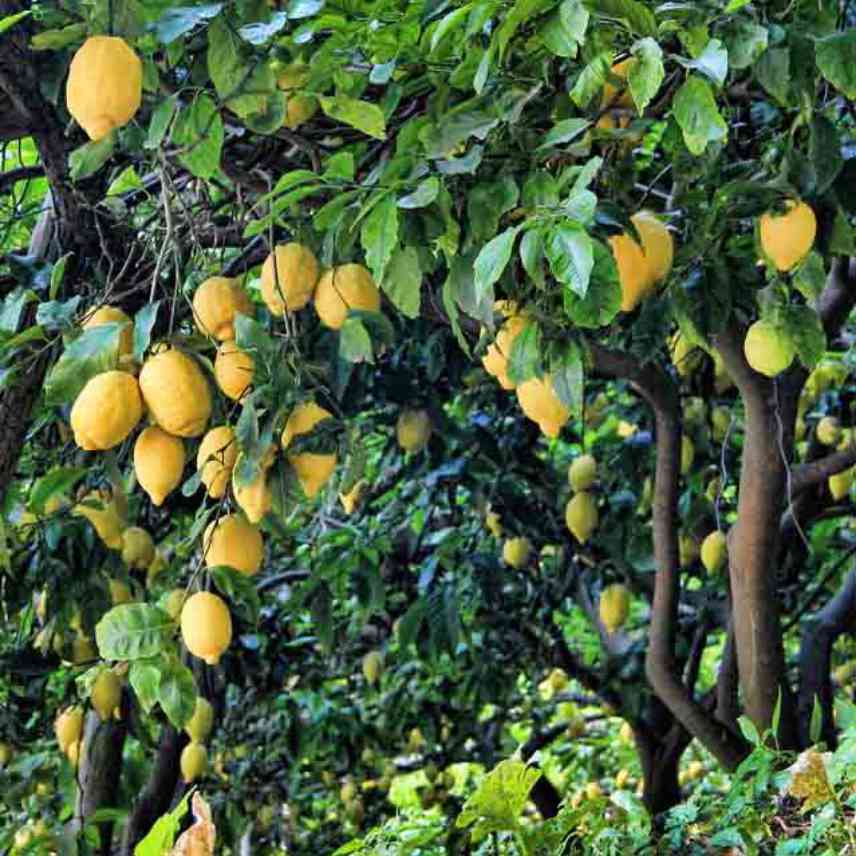
Pruning a lemon tree favours fruiting
When is the best time to prune lemon trees?
To know precisely when to prune a lemon tree, it is essential to take your climate into account. Generally, main pruning of lemon trees is carried out in late winter or early spring, just after fruiting. Thus, depending on your region, the best pruning period for lemon trees is between February and April, always outside frost periods and before growth resumes. March is often a good benchmark if you are wondering which month to prune a lemon tree.
Regarding frequency, a lemon tree can be pruned every year or every two years. Note that pruning of potted lemon trees should be more regular than for plants grown in open ground. Finally, be aware that pruning of the four-season lemon tree is similar: pruning in winter, just before vegetative growth resumes, remains the most suitable, regardless of the chosen variety.
Discover other Lemon trees
View all →Available in 3 sizes
Available in 3 sizes
Available in 1 sizes
Available in 1 sizes
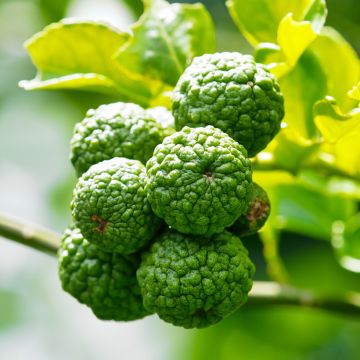
Available in 3 sizes
Available in 2 sizes
Available in 3 sizes
Available in 1 sizes
Available in 2 sizes
Available in 1 sizes
How to prune a lemon tree?
Here is a summary table to distinguish the three types of pruning for lemon trees :
| Pruning type | Main objective | What is pruned | When |
|---|---|---|---|
| Training | Structure a young tree to create a balanced framework | Main stem, selection of main scaffold branches | Late winter, during first 3 years, avoiding frost periods |
| Fruit production | Encourage fruit set and improve light penetration in the branches | Weak or poorly oriented shoots, shorten young shoots | Late winter (February/March), before vegetative growth resumes |
| ✂️ Maintenance | Maintain tree health and shape | Dead wood, crossing branches, suckers | Any time outside periods of frost or extreme heat (often after harvest) |
Required equipment
- A clean, well-sharpened pruning shears disinfected with alcohol to prevent possible spread of disease, especially if you prune several citrus trees;
- Consider using gloves, as the lemon tree is a spiny bush, with large thorns on the main trunk;
- Pruning wound sealant for well-established lemon trees and if you need to cut large-diameter branches that create big wounds, since citrus trees are susceptible to many diseases.
1. Training pruning: to give your lemon tree an attractive shape
Citrus trees are sometimes sold as a scion to be grown as a free-form tree. They then require training pruning to encourage branching and promote the appearance of lateral shoots that will become the scaffold branches. This pruning therefore concerns young citrus trees during the first 3 years. First of all, the lemon tree is a grafted bush and you should locate the graft union and any suckers. These must be removed at the base.
- First year after planting
Cut the stem (the scion) to 1 metre high. As your lemon tree still looks like a single stem, the aim is to strengthen it and develop lateral shoots (branches) that will form its scaffold (with branchings and secondary branches).
- Second year
Observe your lemon tree and keep 5 to 6 shoots that will form the scaffold branches. Prune them to approximately 50 cm from the base of the branch. Remove all other branches to concentrate the sap into the scaffold branches.
- Third year
Finally, select 4 to 5 shoots that have formed on each scaffold branch during the year and remove all others.

1°/ Heading the scion – 2°/ Forming the scaffold branches – 3°/ Balancing the crown
Note that a vigorous lemon tree should be pruned lightly, whereas a weak specimen will benefit from harder pruning.
| Period | Objective | Actions |
|---|---|---|
| 1st year (late winter) | Structure young tree | Head the scion at 1 m |
| 2nd year (late winter) | Form the scaffold | Select and prune 5 to 6 shoots |
| 3rd year (late winter) | Balance the crown | Keep 4 to 5 secondary shoots per scaffold branch |
| Each year (after harvest) | Maintain structure | Remove dead wood and suckers |
2. Fruit-production pruning of the lemon tree to improve harvest
In the years following training pruning, stick to light pruning to maintain a harmonious habit and encourage fruit set. This intervention is part of good lemon tree pruning management, particularly to avoid compromising production. To do this:
- Remove any suckers if present;
- Also remove small lemons that have not developed well and have remained on the bush;
- Identify branches that unbalance the lemon tree and cut them at their base;
- Open up the centre of the bush by eliminating shoots that cross;
- Also remove damaged shoots and, of course, dead branches.
Tip: Don’t hesitate to bow the longest branches. This slows the sap in those shoots and induces the growth of additional fruiting buds.
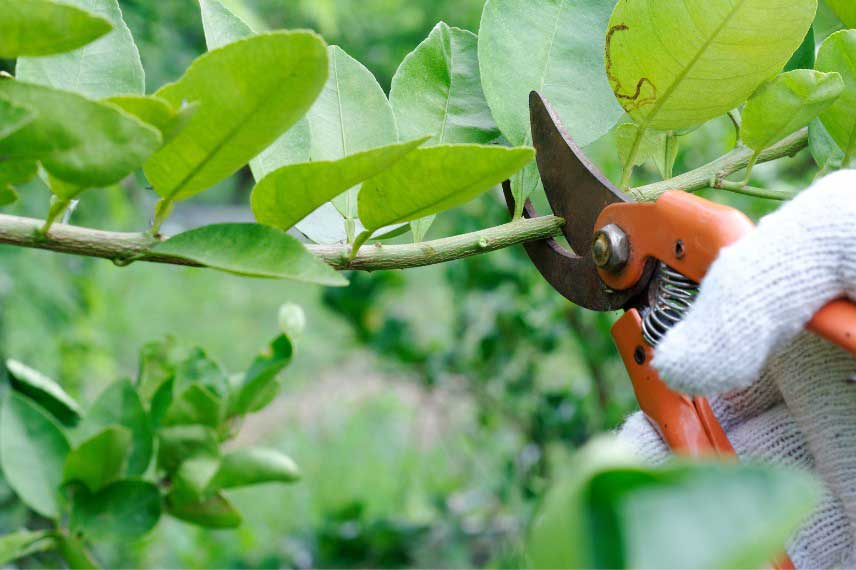
3. Maintenance pruning for a vigorous and productive citrus tree
In addition to training and fruit-production pruning, the lemon tree needs regular maintenance pruning to stay healthy. This consists of removing dead wood, branches that cross or grow inwards, and suckers. This simple action, carried out after harvest or outside periods of frost, helps keep the tree balanced and productive.
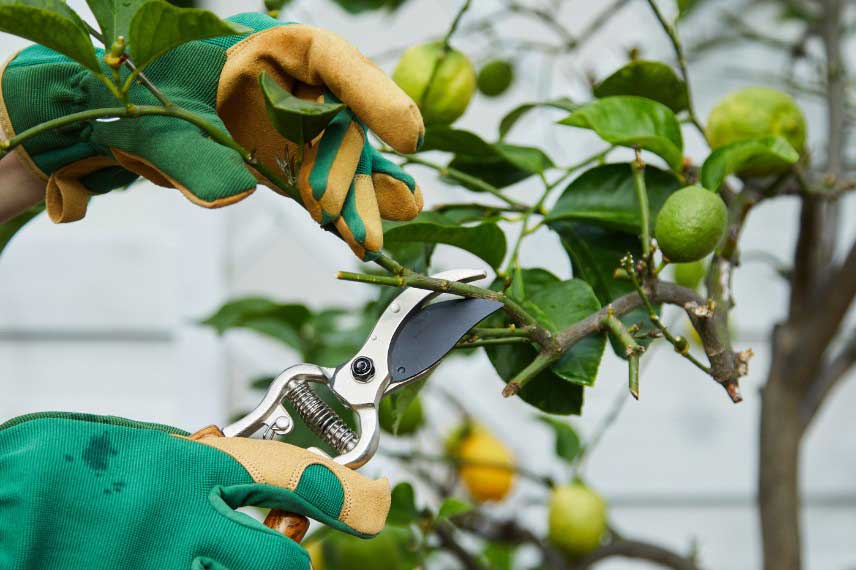
Specific pruning
How to prune a lemon tree in a pot?
Pruning a lemon tree in a pot is broadly the same as in the ground. Pruning objectives and periods remain the same. The only notable difference is that you take greater care to contain its growth so it fits the pot size, favouring a compact, well-aerated shape.
À lire aussi : Potted lemon tree : to grow and care for
How to prune a four-seasons lemon tree?
The four-seasons lemon tree is a variety appreciated for its ability to produce flowers and fruits throughout the year, often simultaneously. Regarding pruning, it does not require special treatment compared with other lemon tree varieties. Pruning of this lemon tree is done the same way: perform formative pruning during the first years to structure the tree, then pruning to encourage fruiting at the end of winter to stimulate fruit set, and finally regular maintenance pruning to keep branches healthy and balanced.
The only additional precaution to take with a four-seasons lemon tree is to avoid pruning too severely, because that could compromise part of the flowering or fruits already in place. A gentle, considered prune allows it to retain its ability to fruit throughout the year.
How to prune an old lemon tree?
Pruning an old lemon tree requires a little more caution. A lemon tree grown in the ground can live around 50 years, sometimes longer if well maintained. Start by removing dead wood, taking off small poorly developed lemons, aerating the centre of the bush then prune the branches so as to form a balanced, rounded shape. If the tree is very congested or bare at the base, consider a more marked rejuvenation pruning, but carry this out over two to three years to avoid weakening the tree abruptly.
As always, prune preferably at the end of winter, outside freezing periods.
5 Mistakes to avoid when pruning lemon trees
-
Pruning during frosts or extreme heat, which weakens the tree.
-
Pruning too severely, risking blocking fruiting.
-
Leaving branches too dense, which limits light and favours diseases.
-
Forgetting to remove suckers, which unnecessarily exhaust the tree.
-
Using a dirty or blunt pruning shear, which can transmit diseases.
Questions/Answers
Can a lemon tree be pruned while in flower?
Pruning a lemon tree while in flower is not recommended. Flowering directly precedes fruit formation, so pruning at that time risks removing part of the future harvest.
Can a lemon tree be pruned in September?
Yes, a lemon tree can be pruned in September, but with moderation. At that time, pruning should be light, as the tree is gradually entering the end of its vegetative cycle. The main aim is to remove dead wood, damaged or poorly oriented branches, and to maintain a balanced habit. For more significant pruning (training or for fruiting), it is better to wait until the end of winter, around February or March.
Can a lemon tree that has lost its leaves be pruned?
A lemon tree can lose its leaves as a result of a fungal disease, an attack by parasitic insects (scale insects, red spider mites, etc.), stress (water-related or other) or simply frost damage. Try to identify the cause of the problem. Once the situation has stabilised, wait until the end of winter to prune your lemon tree (February/March). Remove dead or desiccated branches, then prune lightly to encourage regrowth. If the tree is very bare, a harder prune can be considered to regenerate it. In a pot, ensure regular but not excessive watering, allowing the potting compost to dry out between waterings. Afterwards, the lemon tree should recover without problem.
- Subscribe!
- Contents
































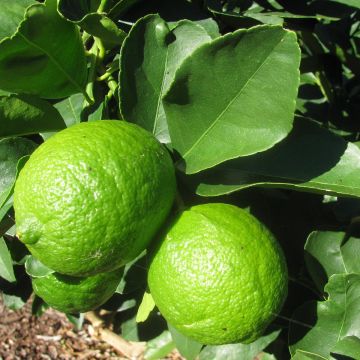
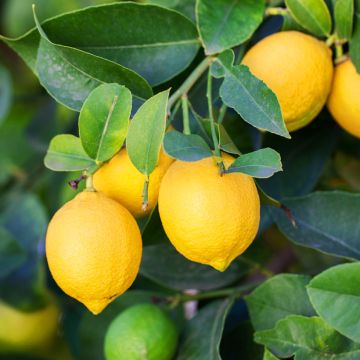
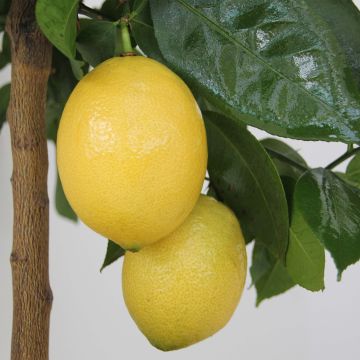
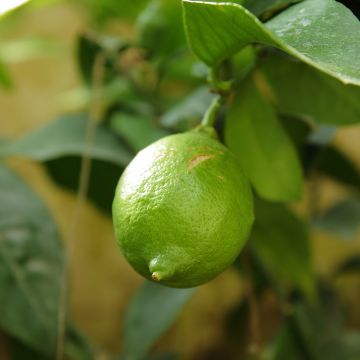


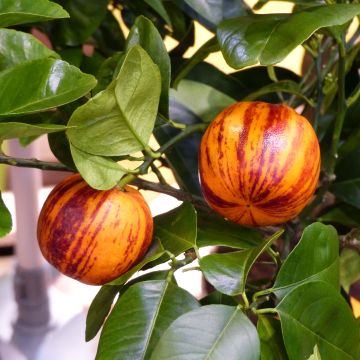
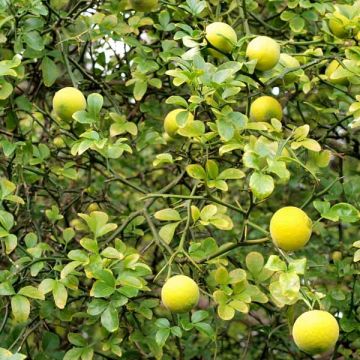

Comments